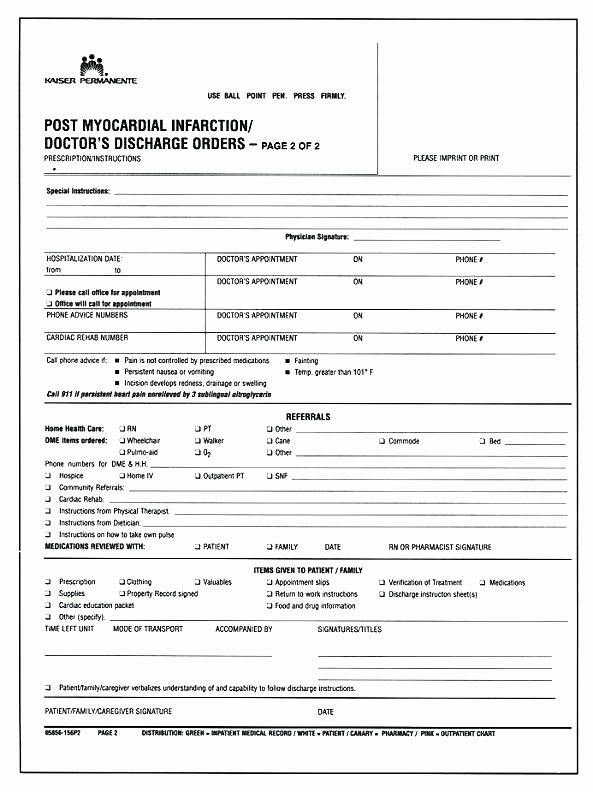Emergency Room Admission Form – Admission forms are an essential part of a university or college’s application process. The forms are used to gather data about applicants and also to aid the institution in making an informed choice about which applicants should be accepted. Forms that are well-written can mean the difference between gaining admission to your ideal school and not. In this comprehensive guide we will go over the essential elements of a good admission form. Additionally, we provide guidelines for writing an effective application, as well as some common errors to avoid.
Essential Components of a Admission Form
Admission forms typically include certain elements. Here are a few essential aspects to include on your admissions form:
1. Personal Information
This section contains information like your name email address, telephone number, and other contact information.
2. Educational Background
It is recommended to include in this section information about your education like the name of the institution, the year you attended and the degree that you received.
3. Work Experience
Please include your relevant experiences in your job here. List all of your past employers, including their job names and dates.
4. Extracurricular Activities
This section allows you to showcase your talents and passions outside of school. You can mention any clubs, sports teams or other organizations you’ve been involved with.
5. Essays/Personal Messages
Personal statements or essays are usually included on admission forms. It is your chance to demonstrate to the admissions committee that you are an excellent fit to the institution you are applying to.
Tips for Writing an Admissions Form that is Effective
- There’s less to be said when it comes to the forms of admission. Use simple, clear words.
- Utilize the active voice: Instead of using the passive voice when writing, use the active voice. This makes your writing more lively and interesting.
- Show, don’t tell. Instead of just listing your achievements, illustrate them with anecdotes. This will enable the reader to have a better knowledge of who you are and what you bring to the table.
- Proofread and edit. This is a vital stage in the process of writing. You must carefully read through the application form carefully, looking for spelling errors, typos, and awkward phrases.
- Be sure to read the directions carefully before you tailor your admissions application. You must prove that you have done your research on the institution and know what they are looking for.
Beware of these commonly made errors
- Incomplete Information: Check that you have completed all sections and all information on the admission form.
- Grammar and spelling mistakes: This can make you appear unprofessional, and it can affect the quality of your admissions form.
- Failure to follow instructions: Follow all instructions, including formatting and submission requirements.
- Being dishonest: It is essential to be honest and truthful in your admission form. It is not possible to be admitted when you lie or exaggerate about your accomplishments.
Conclusion
The process of applying for a college or university is not complete without a professionally filled out admission form. You can increase your chances to be accepted by incorporating the most important components, writing clearly while avoiding common mistakes and tailoring the application form to the school. It is essential to proofread and edit the admission form you submit. Be honest and accurate when providing information. Best of luck!


